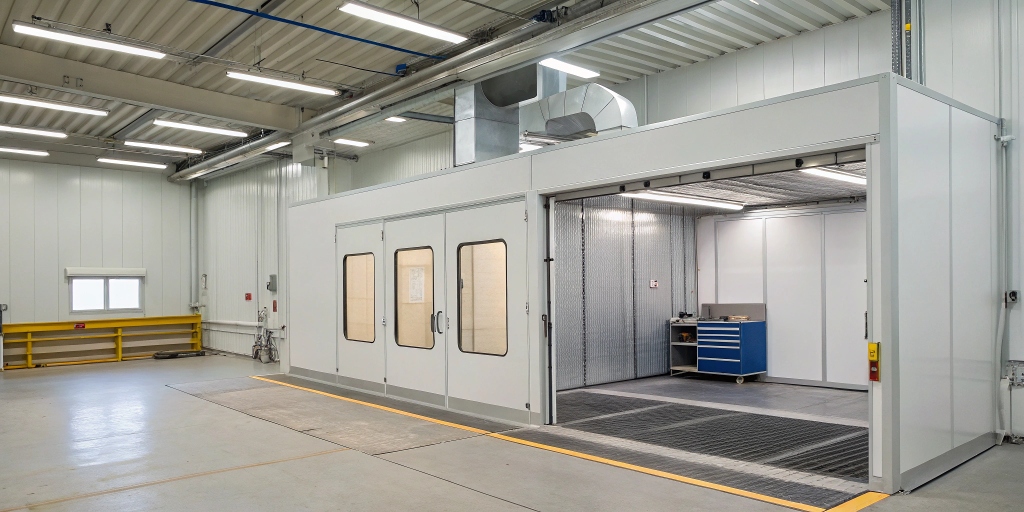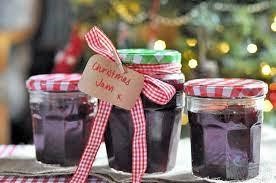Every coating facility relies on precision and consistency to achieve a flawless finish. The performance of that operation depends heavily on the quality and configuration of the industrial paint booth. Buyers who take the time to analyze airflow, structure, and component design before purchase often avoid expensive retrofits and operational setbacks down the road.
Airflow Design Matched to Finishing Volume and Surface Type
Airflow is the heartbeat of any industrial paint booth. The direction and velocity of air movement determine how efficiently overspray is removed and how evenly coatings are applied. A properly designed airflow pattern—whether crossdraft, downdraft, or side-draft—must align with the type of powder coating booth being used and the volume of parts processed each shift.
Inconsistent or poorly balanced airflow can cause visible defects like striping, dust contamination, or uneven curing. Facilities that handle large production loads or intricate metal parts benefit from controlled laminar airflow that minimizes turbulence. The right airflow system supports faster drying times and uniform coating coverage, improving overall throughput and finish quality.
Filter Access and Replacement Frequency for Steady Performance
A high-efficiency filtration system keeps both the booth environment and the air supply clean. Filters capture airborne particles and powder overspray before they escape into the workspace. Easy filter access allows operators to replace units quickly, minimizing downtime and maintaining consistent airflow inside the industrial paint booth.
Ignoring filter performance can lead to pressure drops, uneven spray patterns, and even safety concerns due to particle buildup. Well-designed booths incorporate front-access filter racks and differential pressure gauges to alert technicians before performance declines. Facilities using powder coating equipment should establish a routine filter replacement schedule that aligns with production demands to ensure uninterrupted operation.
Booth Dimensions Suited for Coating Equipment and Product Size
The internal space of a powder coating booth determines how well it accommodates products, racks, and spray guns. A booth that’s too small restricts airflow and increases overspray contamination. One that’s too large consumes unnecessary energy, raising operational costs. Matching booth dimensions to the size and frequency of coated items ensures both safety and efficiency.
Before purchase, facility managers should assess ceiling height, door clearance, and part movement zones. Operators benefit from booths with integrated work lighting and smooth wall finishes that make cleaning easier between cycles. In industrial applications, optimizing booth dimensions improves coating consistency and worker comfort.
Structural Framing Built for Sustained Daily Throughput
The strength of the booth’s frame defines its ability to handle continuous operation in demanding environments. Heavy-gauge steel framing offers long-term resistance to vibration and heat cycles common in high-volume facilities. Quality construction prevents misalignment, which can disrupt airflow balance and create coating inconsistencies.
Industrial paint booths built with reinforced seams and corrosion-resistant panels last significantly longer than lightweight models. Over time, well-engineered framing reduces maintenance costs and eliminates the need for frequent structural adjustments. Buyers should confirm that framing meets both local safety standards and the expected production load.
Exhaust Routing That Complies with Local Code and Shop Layout
Proper exhaust routing is essential for air quality compliance and workplace safety. An industrial paint booth must direct contaminated air through exhaust ducts designed to meet fire code, environmental standards, and the physical layout of the facility. The ducting configuration determines how efficiently air exits the booth and whether negative pressure remains stable inside the workspace.
Poorly designed exhaust systems can cause backflow or overspray buildup, leading to health and performance issues. A professional assessment ensures the routing integrates smoothly with the building’s existing ventilation systems. Facilities handling powder coating equipment must also verify that their exhaust design aligns with local emission regulations before installation.
Control Panel Layout That Supports Operator Workflow
Control panels act as the command center of any powder coating booth. A well-organized layout allows operators to manage temperature, airflow, and lighting without interrupting production. Intuitive controls reduce human error and improve consistency from shift to shift.
In advanced setups, digital interfaces display real-time pressure and temperature readings. These systems alert operators to irregularities before they affect coating quality. A thoughtfully arranged control panel reduces training time, supports efficient workflow, and contributes to a safer working environment.
Lighting Uniformity Inside Cabin for Uninterrupted Visibility
Uniform lighting is essential for detecting coverage gaps, color irregularities, or surface imperfections during application. High-lumen LED fixtures positioned evenly across the industrial paint booth interior eliminate shadows and reflections that can distort visual accuracy. Proper light placement ensures coatings appear true to color under operational conditions.
Facilities that depend on precision finishing often invest in shatterproof, color-corrected lighting systems. These fixtures reduce maintenance frequency and energy use while providing consistent illumination. For operators using powder coating equipment, clear visibility translates to fewer errors and superior coating results across production runs.
Heat Source Selection Based on Curing Requirements
The choice of heat source determines how effectively coatings cure and adhere to surfaces. Industrial paint booths may use gas-fired, electric, or infrared heating systems depending on the type of finish and the substrate being treated. Each option offers different heating speeds, energy efficiency, and operational control.
A powder coating booth requires stable, evenly distributed heat to achieve complete cross-linking of the powder material. Uneven or inadequate heating can cause weak adhesion and finish defects. By matching the heat source to the curing requirements and material composition, facilities achieve faster turnaround times and consistent coating durability.




